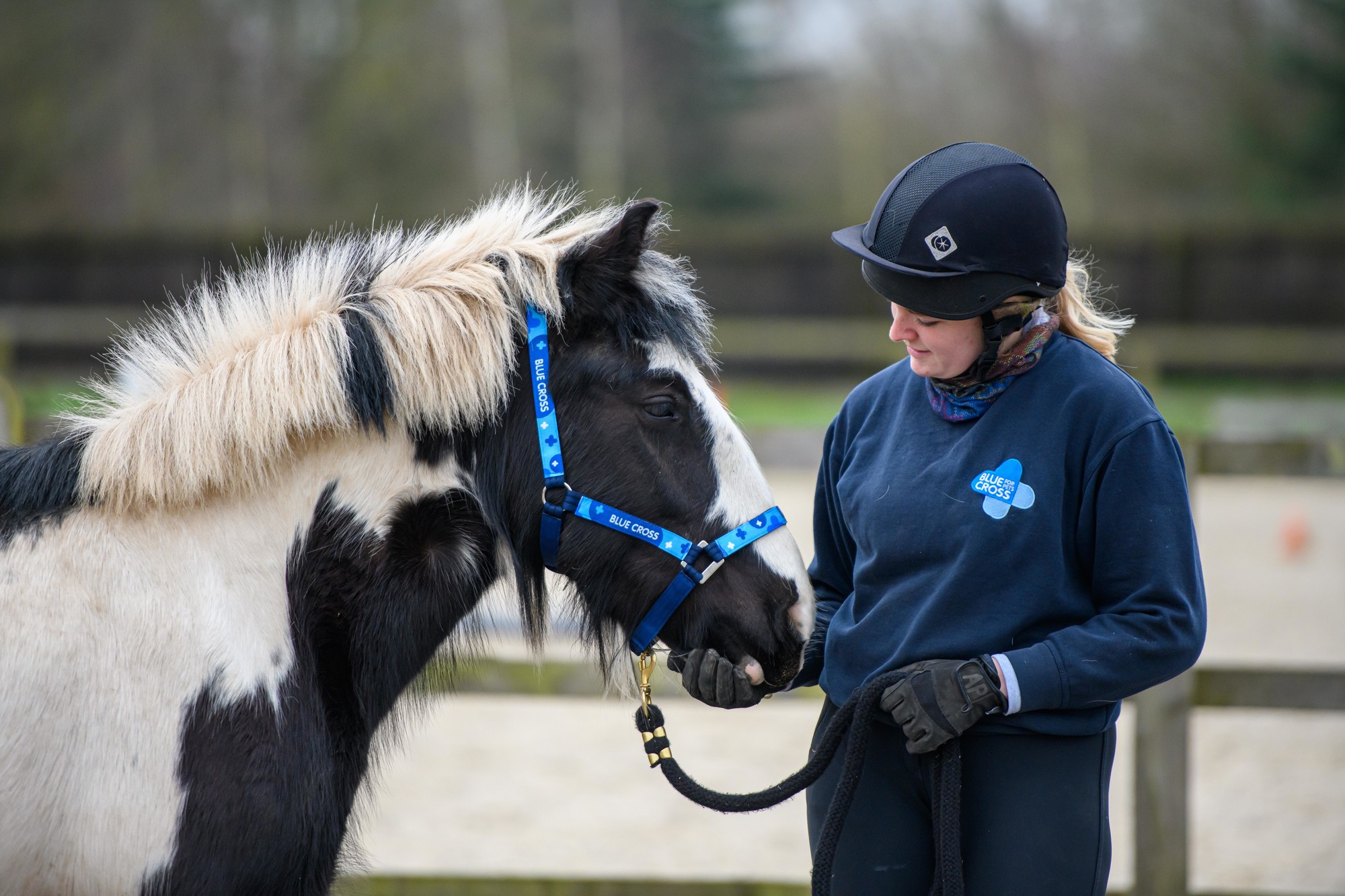
Microchipping your horse
It is a legal requirement to microchip all horses, ponies and donkeys in England, Scotland, Wales and Northern Ireland.
A microchip is a permanent form of identification. As long as the details on the microchip are kept up to date, you can always be contacted if your horse gets lost or stolen.
How does microchipping work?
A microchip is a tiny computer chip that’s about the size of a grain of rice. It contains a unique code that matches up to your horse’s details. Using a needle, the chip is inserted in the back of your horse's neck so it does not move.
Your horse can then be checked for a microchip using a handheld electronic device, called a scanner. When this is waved over your horse’s neck, the scanner will recognise the unique information held inside the chip. As long as you keep your registered details up to date, the microchip will allow you to be reunited with your horse should they become lost or stolen.
Why is microchipping important?
It's important to microchip your horse because:
- it is a legal requirement to do so
- it allows local authorities and police to track down the owners of abandoned or fly grazing horses, helping to improve equine welfare in the UK
- it allows you to be reunited with your horse more easily if they become lost or stolen
Where can I get my horse microchipped and how much will it cost?
You will need to get your horse microchipped by a vet. Depending on where you live, you can expect microchipping to cost around £25 to £30. Some microchipping databases may also charge a fee when changing your horse's microchip details.
Important
It's important to keep your horse's microchip details up to date. Not only is it a legal requirement to do so, the chances of being reunited with your horse if they get lost or stolen are higher if their details are correct.
Horse microchipping laws
It has been a legal requirement for all horses, ponies and donkeys in England, Scotland and Wales to be microchipped since October 2020. By law, all equines living in the UK must also be registered on the Central Equine Database (CED). This means that:
- horse owners are required to keep their horse’s details up to date on the CED
- if you rehome your horse to someone else, you must give the new owner the correct microchip registration paperwork and passport, so they can contact the database and register as the horse’s new owner
If you do not have your horse microchipped with their details stored on the CED, you could face a fine of up to £200.
Important
It is also a legal requirement for your horse to be passported. Your horse's microchip details must be registered with their passport issuing organisation. For more information take a look at our advice on passporting your horse.
Central Equine Database (CED)
The Central Equine Database is a database that logs the information of all domesticated horses, ponies and donkeys. This includes your information as the owner, your horse's microchip details and your horse’s passport details.
This database allows the police and local authorities to reunite lost or stolen horses with their owners more easily. It also makes it easier to rehome horses and hand over ownership.
The CED also provides a digital stable service which allows you to:
- check your whether your horse’s data is up to date
- report your horse as missing or stolen
- check whether a horse is legally for sale
If you live in Scotland, you can also register your horse with the Scottish database, ScotEquine.
Changing your horse's microchip details
To change your horse's microchip details, you will need to get in touch with the microchipping database that hold your horse's information. You can find out which database your horse is registered to by entering their microchip number into check-a-chip. If you don't know your pet's microchip number, your vet will be able to scan the microchip to retrieve these details.
Cost of changing your horse's microchip details
Most microchip databases charge an admin fee to change and update your horse's details. This often costs between £6 and £20.
Some will charge you each time you change your details, and others charge an upfront fee that covers all changes for the whole of your horse’s life. Check with your database to find out more.
Is my horse’s microchip proof of ownership?
No, the person who primarily cares for your horse is called a ‘keeper’, not an ‘owner’. Your horse’s microchip must be registered to the ‘keeper’, who, in most cases, is likely to be the owner, but not always.
The keeper has legal responsibility for their horse and can be held responsible if the horse falls foul of any law, including straying or causing injury, but it does not prove legal ownership.
Neither a microchip or a passport are proof of legal ownership. To prove ownership, you may be asked to provide other evidence such as proof of purchase, veterinary records and insurance.
Will microchipping hurt my horse?
Microchipping is a quick and simple procedure, which takes seconds. However, it does involve a needle so it's likely to be uncomfortable for your horse for a few seconds, much like when they have their vaccinations.
Important
If you think your horse has had a reaction to a microchip, contact your vet straight away.
Will a horse be microchipped before I take them home?
Horses must be microchipped before they go to their new homes by law. The breeder should be the first registered keeper of the horse, and they should pass on the correct microchip and passport paperwork to the new owner when the horse goes home.
If a breeder has not microchipped and registered the horse before you take them home, and cannot give you evidence to show the reason for the delay, it's best to walk away.
Whenever you buy or rescue a horse, you should ask your vet to scan them on their first visit to make sure that the chip corresponds with the paperwork you’ve been given.
Page details
Reviewed
• 6 October 2023
Next review
• 6 October 2026





